Light pollution maps are getting worse
Friday, May 10, 2024
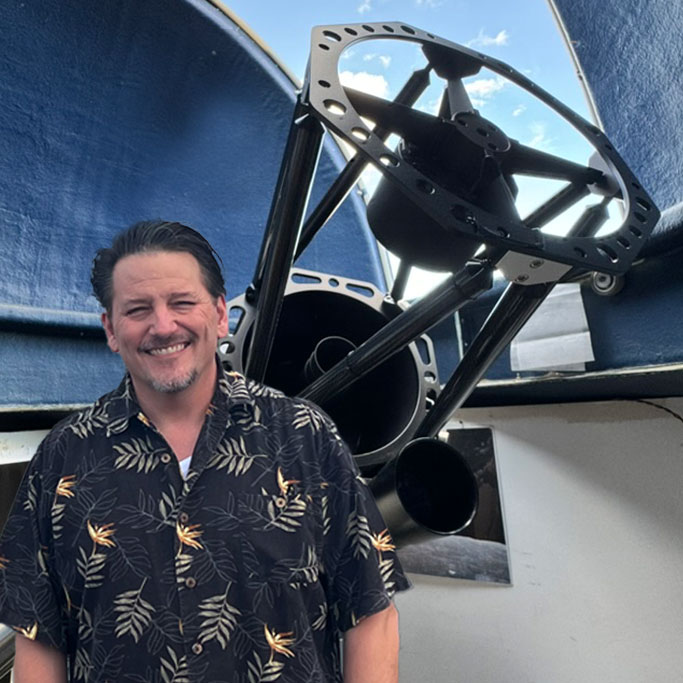
|
Richard Harris |
Light pollution maps are getting worse, and it's rising globally, with urbanization and increased outdoor lighting impacting stargazing and astronomy. Areas like Moscow, Mecca, and major U.S. cities are leading the charge, obscuring the night sky. Meanwhile, dark-sky reserves like Idaho’s are striving to safeguard night visibility.
Light pollution is a rapidly growing concern for astronomers, particularly as global urbanization and the proliferation of outdoor lighting continue. Recent studies reveal that artificial night lighting is increasing at an estimated annual rate of about 2% globally, affecting previously untouched regions and further intensifying in already lit areas. This expansion is notably seen in megacities and regions transitioning to LED lighting.
Tracking the rapid growth of Global Light Pollution, and How the light pollution maps are getting worse
The interactive Light Pollution Map (lightpollutionmap.info) highlights the areas most affected by light pollution globally. Our recent analysis using data from the tool, revealed the most significant levels of artificial lighting, are in Europe, North America, and parts of Asia. These regions show heavy concentrations of light pollution, meanwhile, remote areas in regions like the Sahara Desert, Greenland, Africa, the Australian Outback, and parts of the Amazon rainforest remain some of the world's last naturally dark skies. The tool provides a visual representation of this contrast and the encroachment of artificial lighting.
Analyzing specific urban centers, the data points to cities like Moscow, Saint Petersburg, and Mecca as some of the most light-polluted globally. Their night sky brightness far exceeds typical urban levels, overshadowing other major cities like Riyadh, Toronto, and Chicago. The trend of increasing light pollution is also evident in regions previously known for darker skies, including various areas in Africa and the Indian subcontinent.
Contrary to expectations that energy-efficient LED lighting would curb light pollution, the prevalence of these technologies has instead facilitated a surge in nighttime illumination. This escalation is linked to adverse effects on human health and ecological disruptions, underlining the complex implications of expanding artificial light.
Some common examples of light pollution include:
- Skyglow: The brightening of the night sky over cities and towns, making it hard to see stars.
- Glare: Bright, blinding lights, like streetlights or headlights, that can make it hard to see clearly.
- Light Trespass: Unwanted light shining into places where it's not needed, like a neighbor’s porch light illuminating your bedroom.
- Clutter: Too many bright lights close together, creating a confusing or distracting visual effect.
- Over-illumination: Using more lights than necessary, such as leaving office lights on all night or using very bright security lights.
- Upward Light: Lights that shine upwards into the sky instead of downwards, contributing to the glow above cities.

Where light pollution is growing in the United States
- New York City
- Los Angeles
- Chicago
- Miami
- Las Vegas
- Houston
- Phoenix
- Philadelphia
- San Francisco
- Dallas
- San Antonio
- San Diego
- Seattle
- Atlanta
- Detroit
- Minneapolis
- Denver
- Boston
- Washington, D.C.
- Orlando
While these cities are celebrated for their night-time energy and allure, their light pollution comes at the expense of stargazing and scientific research. Such conditions have made it increasingly difficult to observe celestial bodies in these regions, prompting the growth of dark-sky reserves and more stringent lighting regulations.
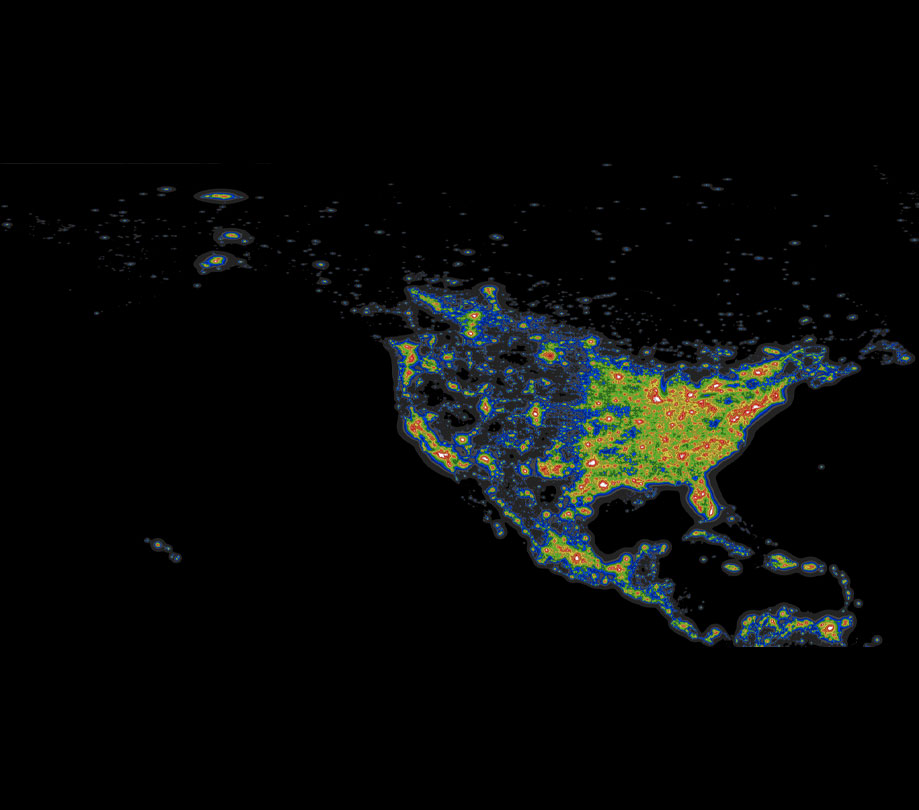
Darkest skies, according to the Light Pollution Atlas map
To view the full size Light Pollution Atlas 2022 map click here.
According to the analysis provided by the "Darkest Sky Finder" and the Light Pollution Map, some of the darkest skies in the world, largely unaffected by artificial light pollution, are found in remote regions. The least light-polluted areas include:
- Namib Desert (Namibia): With minimal human habitation and expansive desert landscapes, the Namib Desert offers stunningly clear skies for stargazing.
- Atacama Desert (Chile): Famous for its astronomy observatories, this region has some of the darkest skies, drawing scientists and amateur astronomers alike.
- Australian Outback (Australia): Sparsely populated regions like the Western Australian and Northern Territory outback are ideal for observing stars in undisturbed darkness.
- Sahara Desert (Africa): The vast, uninhabited stretches of the Sahara Desert are known for their pristine night skies.
- Antarctica: With minimal human presence, especially during the winter months, the skies over the Antarctic are exceptionally dark and clear.
These regions represent some of the few remaining places on Earth where the Milky Way can be seen in its full glory, emphasizing the importance of preserving such skies amid growing light pollution worldwide.
What are dark sky reserves?
Dark Sky Reserves are regions designated specifically for their exceptional quality of starry nights and commitment to minimizing light pollution. These reserves are often recognized and certified by the International Dark-Sky Association (IDA). They represent collaborative efforts between local communities, landowners, and organizations to protect and preserve the natural night sky. Here is a list of some well renowned Dark Sky Reserves:
- Aoraki Mackenzie Dark Sky Reserve (New Zealand)
- NamibRand Nature Reserve (Namibia)
- Brecon Beacons National Park (Wales, UK)
- Kerry International Dark Sky Reserve (Ireland)
- Exmoor National Park (England, UK)
- Mont-Megantic International Dark Sky Reserve (Canada)
- Rhon Biosphere Reserve (Germany)
- Central Idaho Dark Sky Reserve (United States)
- Pic du Midi Dark Sky Reserve (France)
DarkSky International, an environmental conservation organization specializing in light pollution reduction, continues to push for protective policies across the country. Their International Dark Sky Places program recognizes communities, parks, and municipalities that excel in conserving dark skies while promoting responsible outdoor lighting. Notable locations include Jonestown, Texas, recently recognized for its stringent lighting regulations, as well as multiple other communities striving to minimize the negative impacts of light pollution on wildlife and human health.
Despite growing challenges posed by urbanization and expanding infrastructure, these initiatives show that communities and organizations can create environments where astronomy enthusiasts can still enjoy the stars.
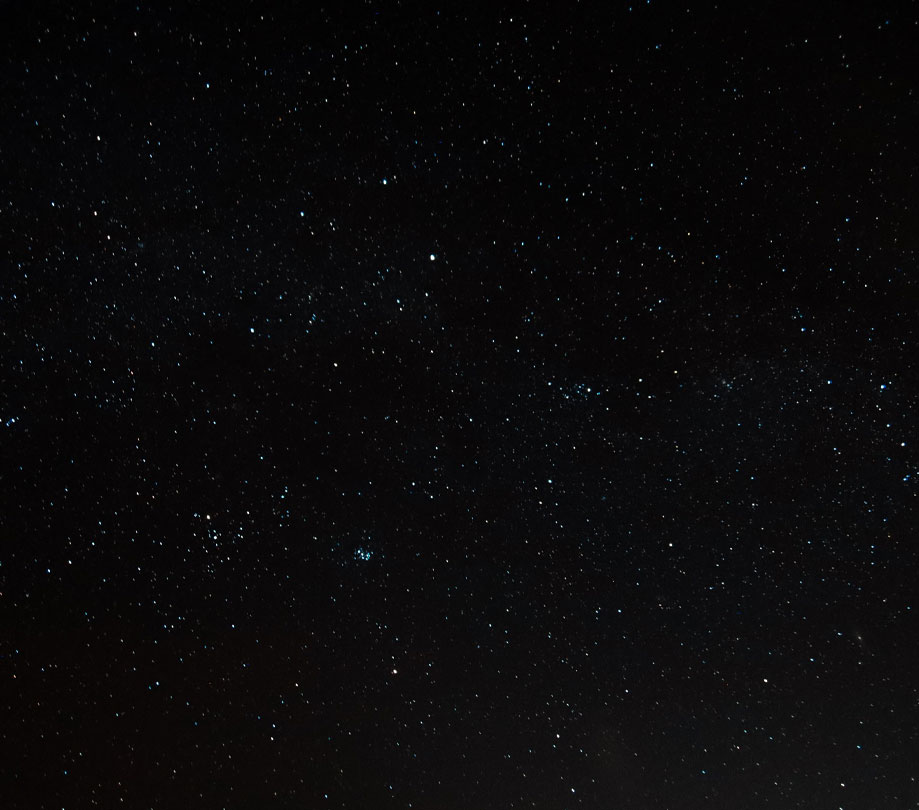
Statistics and quotes about light pollution
"Light pollution is not just a hinderance to astronomy, it's a detriment to our health, a disruptor of ecosystems, and a permanent fixture of our wasteful relationship with energy, " said a spokesperson from Dark Sky International.
"The artificial lights disrupting the natural night sky are more than just an aesthetic issue; they represent a profound loss of a communal and cultural resource, reducing the stars to faint dots," said a spokesperson from Dark Sky International.
- More than 80% of the world’s population lives under skyglow, with nearly 99% of the U.S. and Europe experiencing some form of light pollution.
- It's estimated that outdoor lighting uses about 120 terawatt-hours of energy annually, mainly in unnecessary lighting.
- Artificial night lighting disrupts the migration patterns of many bird species, with millions potentially affected each migration season.
- Exposure to artificial light at night can interfere with human circadian rhythms, potentially leading to sleep disorders and other health issues.
Astrophotographers can reduce light pollution by using specialized equipment such as:
- Light Pollution Filters: These filters selectively block artificial wavelengths while allowing natural celestial light through. Popular types include UHC (Ultra High Contrast), CLS (City Light Suppression), and broadband filters. Narrowband filters are particularly effective for capturing specific wavelengths emitted by nebulae.
- Infrared Cut Filters: Useful for removing unwanted infrared wavelengths from sources like LED streetlights, providing clearer images.
- Astrophotography Software: Software like DeepSkyStacker and PixInsight have tools to enhance astrophotos and suppress light pollution artifacts.
- Optical Accessories: Effective baffling inside telescope tubes and the use of dew shields can help reduce stray light from entering the optical path.
- Dark-Sky Sites: Although not equipment, traveling to remote locations with less light pollution often provides the best results for astrophotography.
Companies that sell & manufacture light pollution solutions for astronomers:
- Astronomik: Known for their CLS (City Light Suppression) filters, which are designed to reduce the visual impact of common streetlights while enhancing the visibility of celestial objects.
- Celestron: Offers a variety of filters, including those that reduce the effects of light pollution, enhancing the contrast of astronomical objects.
- Orion Telescopes & Binoculars: Produces broadband and narrowband filters that help in reducing light pollution, making them a popular choice among astrophotographers.
- Optolong: Specializes in astrophotography filters, including light pollution filters that target specific wavelengths of artificial light.
- Baader Planetarium: Their filters are highly regarded in the astronomy community for high-quality optics and effectiveness in combating light pollution.
If you're unable to access dark-sky sites or via remotely controlled telescopes, filters and other tools help astronomers and astrophotographers obtain clearer images of the night sky, even amidst the challenges of light pollution.
ScopeTrader's latest survey
Featured Stories

Stay Updated
Sign up for our newsletter for the headlines delivered to youSuccessFull SignUp

|
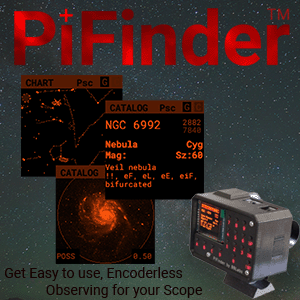

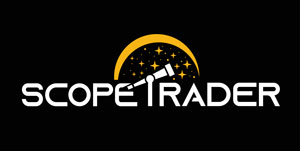
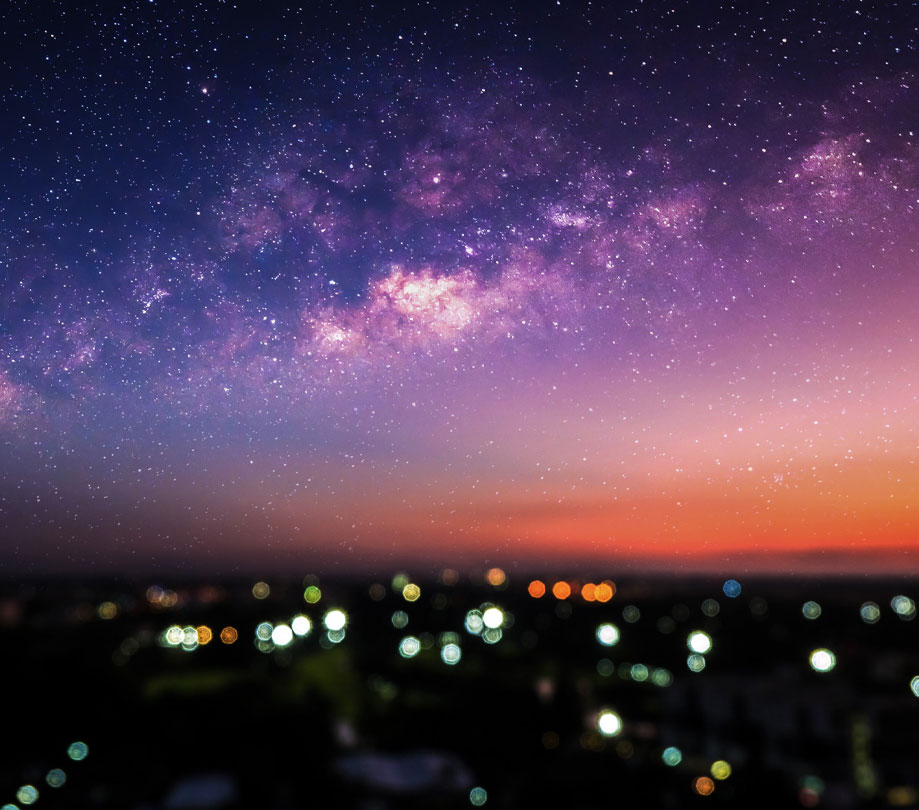

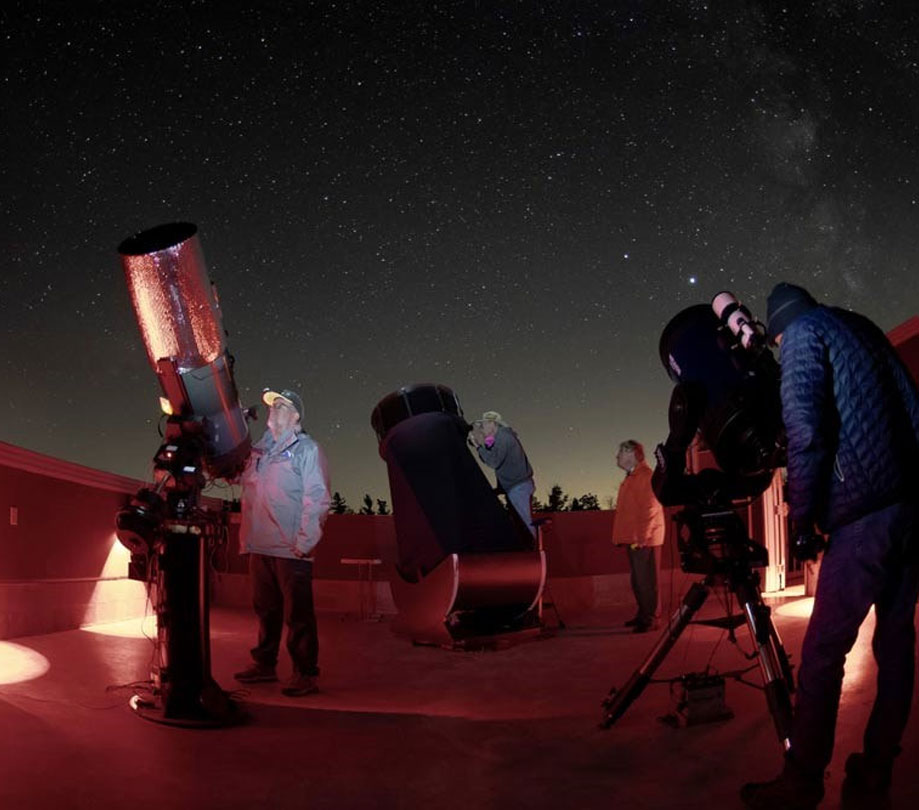
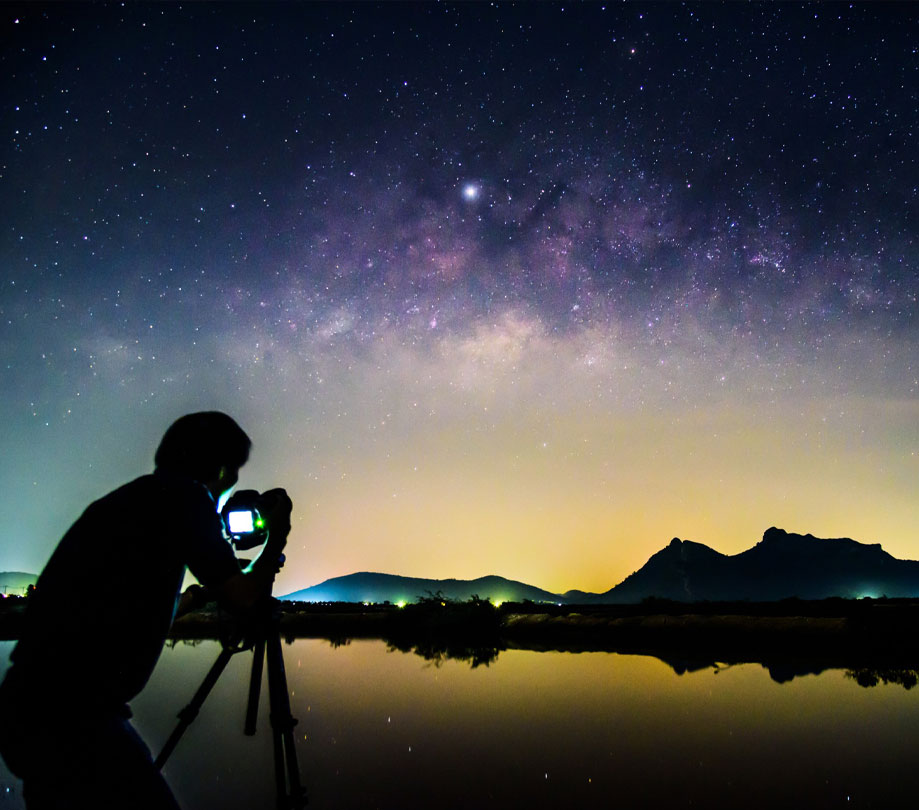
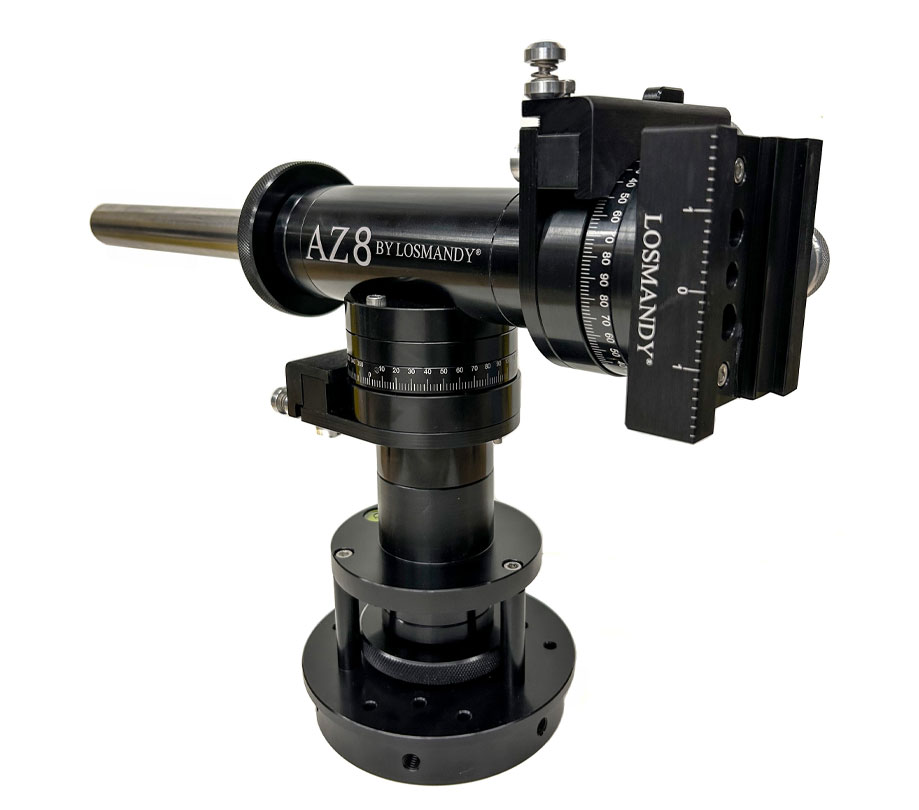
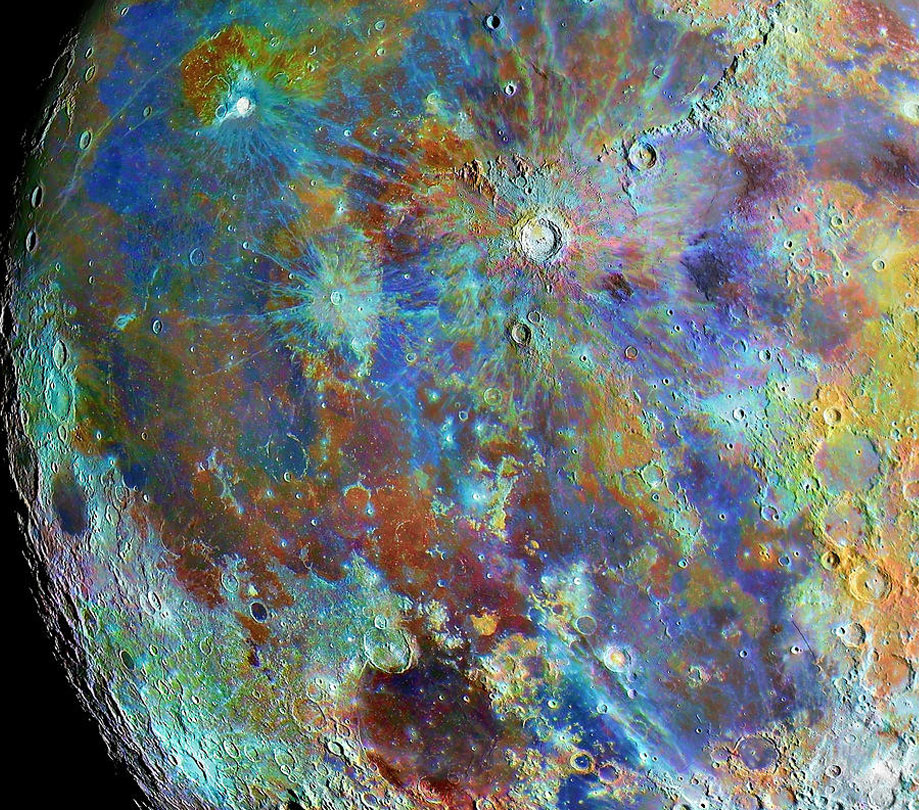
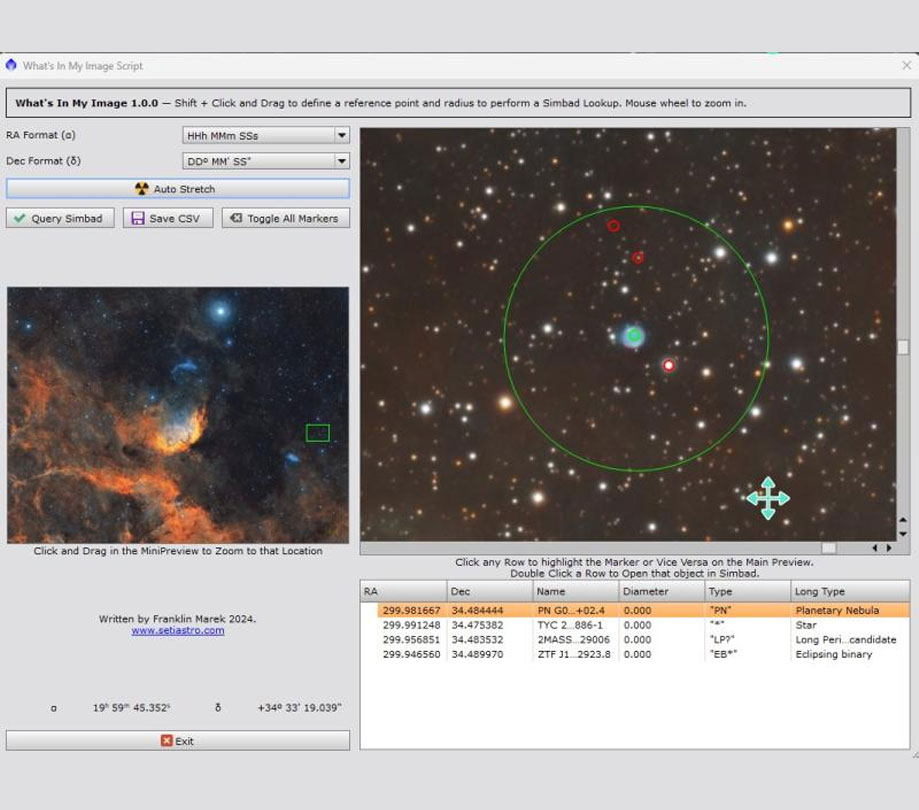
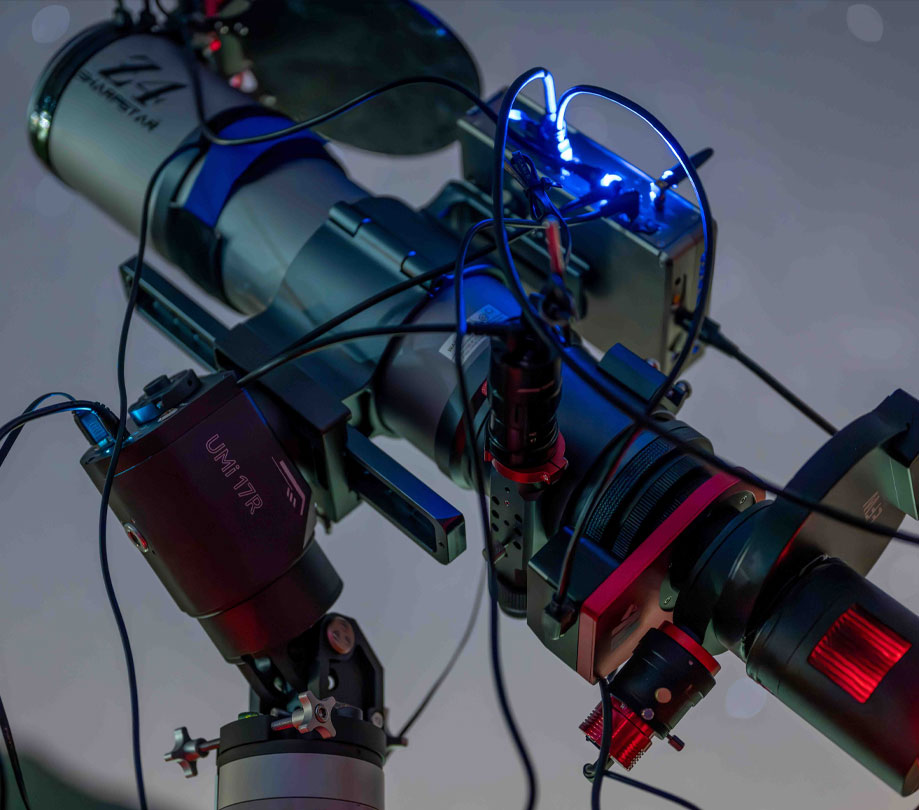
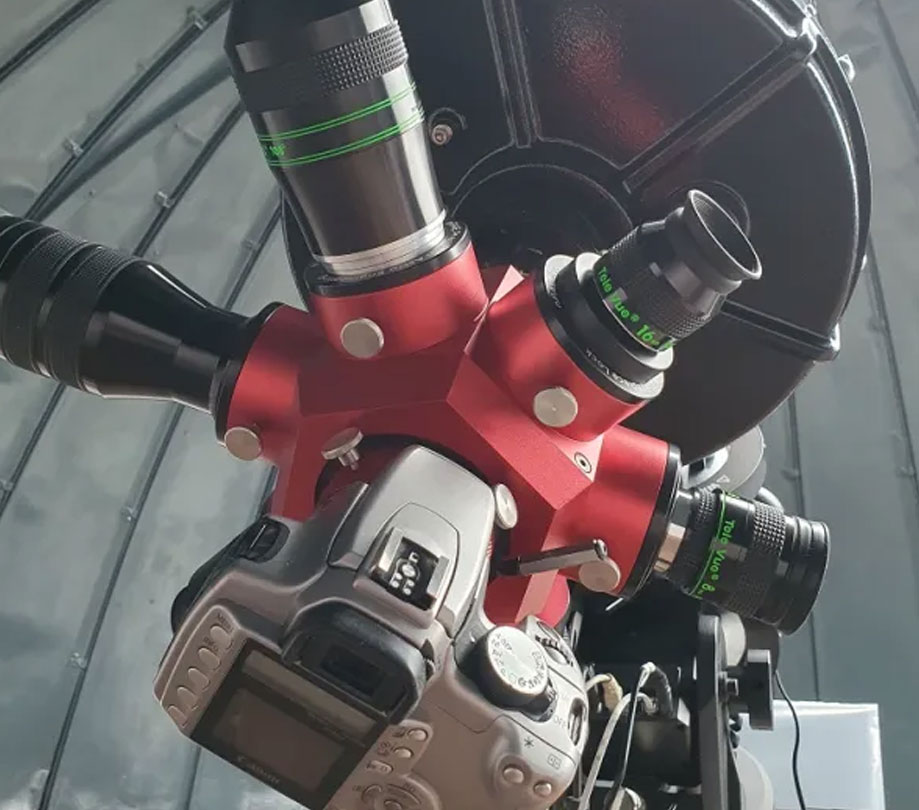
Comments